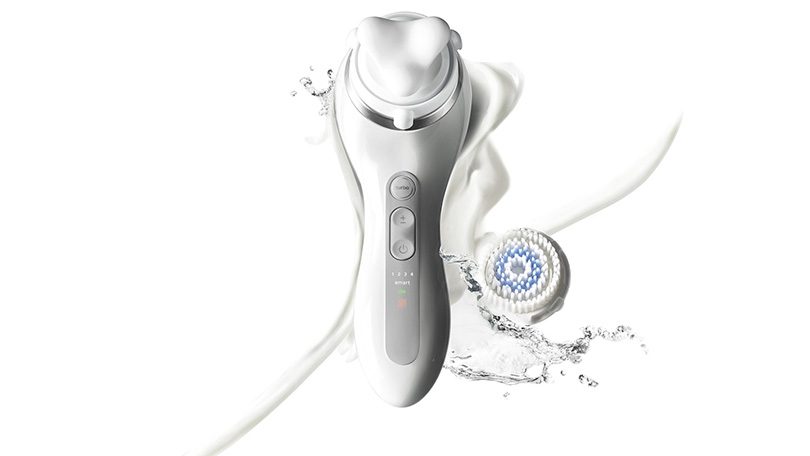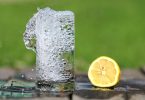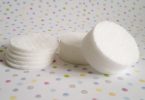After 9 years of research in collaboration with the Mechanobiology Institute, Singapore (MBI) and the Institute of Medical Biology (IMB) in Singapore, the Institut Langevin and the Denis Diderot University in Paris, L’Oréal’s Research & Innovation launches a first ever skin device based on mechanobiology discoveries – a unique massage head with anti-aging effects on wrinkles and the contours of the face, lips and neck.
Mechanobiology means subjecting biological tissues to mechanical stimuli (vibration, torsion, stretching) and observing how they behave. For the first time, L’Oréal R&I teams are able to apply this scientific field to skin, creating a massaging device able to improve the signs of aging.
L’Oréal R&I worked with Singapore’s Mechanobiology Institute to better understand the effects of mechanical stimuli on skin cells and to examine its potential applications in beauty devices. After years of research work, L’Oréal R&I discovered that vibrations could modify two key skin tissue properties: strengthen the dermal-epidermal junction and increase the extracellular matrix production. Best results were observed at a frequency of 75 Hz, which was identified as the optimal frequency generating 9000 micro-massages per minute. In collaboration with the Institut Langevin, L’Oréal researchers used advanced imaging techniques to study the movement of vibrational waves in ex vivo and in vivo skin and optimize their effect, according to the press release.
Finally, L’Oréal R&I teams in the US designed a three-point massage head able to maximize the stimulation. A clinical trial confirmed that several clinical signs of skin aging are modified, in particular the elasticity and firmness of skin around the edges of the face.
For the first time, research has proven that mechanical stimulations have a biological effect on the skin as a whole and that these effects depend heavily on the frequency of the stimulation. It took more than five years and the combined efforts of teams from around the world to create a device inspired directly from mechanobiology research”, explains Elisa Caberlotto, L’Oréal R&I, Project Manager for Instrumental Cosmetics.
This field of mechanobiology has been essential in inspiring us to create a disruptive innovation in the world of beauty by opening up the possibility of influencing wrinkles and sagging without invasive procedures“, says Jacques Leclaire, L’Oréal Scientific Director.
L’Oréal’s Clarisonic brand, a leader in sonic skin care devices, will launch this innovative mechanobiology technology with Smart Profile Uplift in Europe and Asia between April and September this year. It is available in Canada and in the USA since March 2017.
About L’Oréal
L’Oréal has devoted itself to beauty for over 100 years. With its unique international portfolio of 34 diverse and complementary brands, the Group generated sales amounting to 25.8 billion euros in 2016 and employs 89,300 people worldwide. As the world’s leading beauty company, L’Oréal is present across all distribution networks: mass market, department stores, pharmacies and drugstores, hair salons, travel retail, branded retail and e-commerce.
Research and innovation, and a dedicated research team of 3,870 people, are at the core of L’Oréal’s strategy, working to meet beauty aspirations all over the world. L’Oréal’s sustainability commitment for 2020 “Sharing Beauty With All” sets out ambitious sustainable development objectives across the Group’s value chain. www.loreal.com








